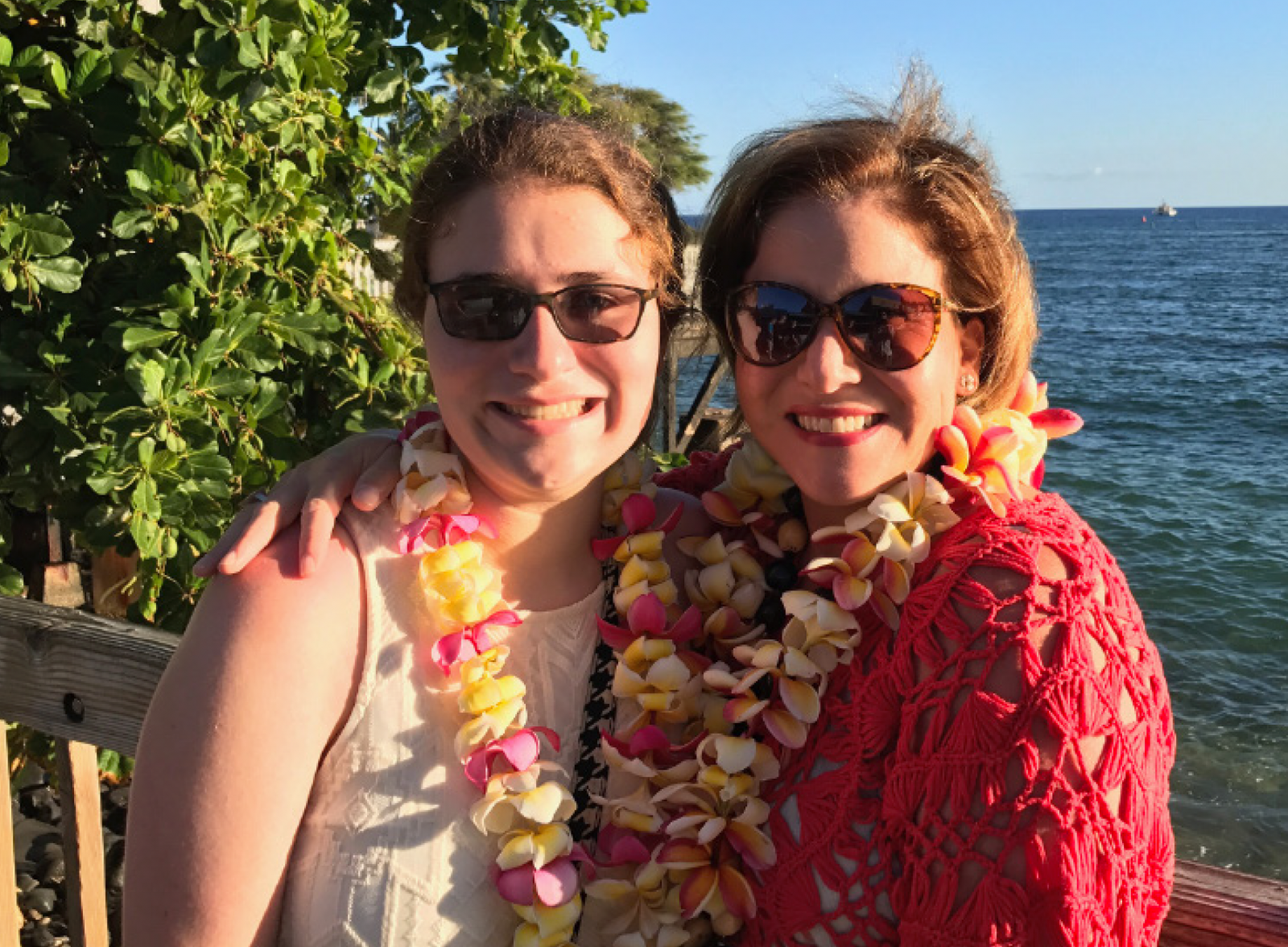Autism Spectrum Disorder: Awareness is Key

by Lindsey McMillan
The Texas Autism Conference just celebrated its 26th year in San Marcos with a full crowd in attendance to hear guest speakers, sit in on sessions, and network with other advocates from across the state. The conference is held in different cities each August and is hosted by the Texas Education Agency and Region 2 of the Education Service Center in Corpus Christi, Texas. Autism Spectrum Disorder (ASD) is a neurological and learning disorder which primarily affects areas of communication and social interaction. Its prevalence has been declared a national health crisis. The identification of autism has increased to 1 in 59 children, a large increase from 1 in 152 just 16 years ago. Part of the increase is the ability for the disorder to be identified and diagnosed. This is a spectrum disorder, meaning that there is a very wide variety of symptoms and behaviors.

Emily and Lindsey McMillan
Autism is four times more likely to occur in boys versus girls and is found across racial and ethnic groups. There is most likely a genetic component which researchers are desperately trying to identify so we can know more about it as a whole. In addition, increased awareness over the past 20 years has significantly helped by way of available resources and early intervention. A network of advocates ranging from parents, educators, therapists, and health care providers have tirelessly worked to publish more information about ASD. This awareness also aids in dispelling rumors; one in particular being how vaccines have no link to the cause of autism.
My own experience with ASD goes back 15 years as I am a proud parent of a daughter who is high on the spectrum and a sophomore in college. I have navigated the waters of diagnosis, trips to therapy sessions, and stressing over school decisions, teacher/class placement and trying not to worry each and every day that my precious girl would be okay. I am not only a parent but a staunch advocate who is also an educator, having worked with many students on the spectrum in the college classroom. My husband and I attended the state conference for the first time in 2006 and went to four more where we were able to get excellent information and resource materials to aid in our daughter’s therapy and educational plans. We have been lucky to have a myriad of therapists, teachers, and friendly advocates to help us along our journey. Texarkana College, where I am an English instructor, has various resources available to college students on the spectrum, ranging from academic skills services, counseling, and a workforce link helping students in finding vocational/technical training and job placement.
I had not attended the conference since 2011 but was honored to deliver a presentation at this year’s conference in reference to transition, which is the period where the ASD teenager makes the change from high school into post secondary education and/or the workforce. This is a very important time in that depending on the deficits present in an individual, preparations can be appropriately made for helping them move into higher education, job skills training, and developing independence.
Another important thing to emphasize with those on the spectrum is learning to become a self-advocate. With the increasing number of diagnoses every year, more students are attending and graduating from high school with transition services necessary for their plans after high school. In addition, many resources are needed for preschool and elementary-aged children who experience the best success when identified early. At the conference my daughter, Emily, was my assistant and spoke during the presentation, sharing her experiences with adjusting to college and tactics she has learned through the years.
Autism can be diagnosed earlier than before, with symptoms emerging as early as two years of age. Autism Speaks, the well-known national advocacy group rallies for increased awareness so that more children diagnosed can receive the aid needed throughout their schooling. The Child Mind Institute is another good organization; both of these have excellent and navigable websites for parents, teachers, and therapists. Usually, a combination of speech and occupational therapy works best, in addition to cognitive behavior therapy. Depending on the severity of the individual, inclusion in mainstreamed classrooms is best as it is imperative that ASD students learn to interact with others and learn the nuances of communication and social norms.
One of the best interventional practices is that of ABA, or Applied Behavior Analysis, which has not been offered in the ArkLaTex until recently when Temple Memorial Rehabilitation Center began offering it. This program is funded by a state grant which can provide free services to those on Texas Medicaid, and they also take private insurance. ABA is an intense, six-month program where individuals receive therapy weekly and vary in age from 3 to 18. Temple’s facility provides various rooms for therapy sessions in the integrated areas of behavioral, physical, speech, and occupational therapy. Many individuals on the spectrum do experience sensory issues, those difficulties which arise along and involving the five senses. In addition, Temple has the only board certified Pediatric Occupational Therapist in the Texarkana area. Mia Kemp and I are longtime friends, as she worked with Emily from a young age, and it is thanks to her and countless other individuals who make it possible for her to be a young lady on the spectrum who is a success story.
If a parent is seeking answers and help, they should reach out to their school district’s counselors and diagnosticians to get a proper plan in place early. School personnel is expected to have ASD training and will work with each student to ensure what intervention and assistance is necessary. Parents should also know their rights via the IDEA (Individuals with Disabilities Education Improvement Act) so they can best advocate for their child. Awareness is key! The more we know about ASD the more we can all be of assistance to these special learners and many others with various learning disabilities.









